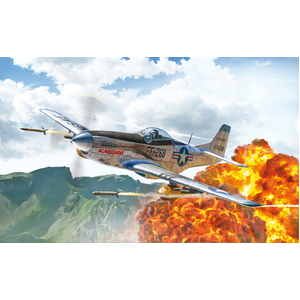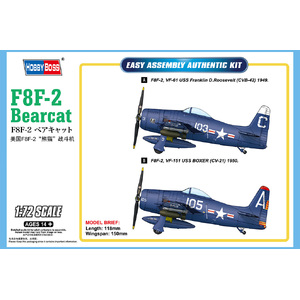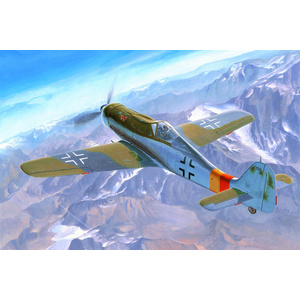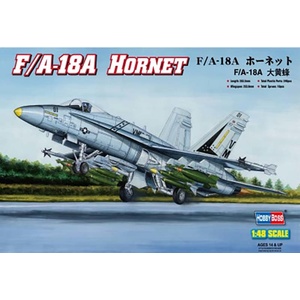Hong Kong de Havilland Mosquito B 01E016 1:32 Scale Plastic Model Kit
SKU code: HKM01E016
Make 4 interest-free payments of $55.00 fortnightly and receive your order now.
Mosquito was probably one of the RAF’s most versatile aircraft designs, and indeed, an aircraft that we may never have had at all if it wasn’t for the perseverance of its designer, Geoffrey de Havilland.
It was actually the simplicity of de Havilland’s design that could well have seen the project being stillborn. To meet Air Ministry requirements for a high-speed bomber, de Havilland proposed a new airframe, composed mainly of non-strategic materials, and powered by twin Rolls-Royce Merlin engines. Unlike designs which were submitted by other manufacturers, de Havilland envisaged that his machine would be fast enough to be totally unarmed, and with a smooth, aerodynamic exterior. For the Air Ministry, this perhaps seemed a little too much like a flight of fancy, and de Havilland was asked to simply act as a contractor for designs from other manufacturers.
Undeterred, Geoffrey de Havilland took on the design under a private venture arrangement, using a small design team led by Eric Bishop, and work began under strict secrecy at Salisbury Hall, Hertfordshire, in October 1939. The aircraft was to be designated ‘DH.98’. Even though de Havilland’s proposal was for an unarmed bomber, his team created a design, which would allow the installation of four, forward firing cannon that would sit in the forward belly of the aircraft, and fire through blast tubes.
With the war now in full swing, and changes in Air Ministry requirements, which saw a general acceptance of the DH.98 for a reconnaissance role, a full-size mock-up was inspected by the Air Ministry in December 1939; only 2 months after the project began in secrecy. The foot was now firmly in the doors, and from this point, the Air Ministry made demands of the DH.98 which saw it being developed for a high-speed bomber and also fighter role. The Mosquito, as it soon came to be known, was one of the most versatile airframes in frontline service, with it eventually being used for roles such as night-fighter, long-range fighter, photo-recon, fast bomber, and maritime strike aircraft.
No potted history of the Mosquito can be complete without a few words about its construction. The main airframe itself was composed of wood, with the fuselage being formed over a concrete buck, as halves, using a sandwich of balsa in between birch layers. These rigid shells required no internal framework, and once fitted out, were glued together and strengthened by simple bulkheads. The wings were also all-wood, being constructed from spruce and plywood, mainly. This highly successful design was also operated by the US, as well as Canada, Australia, China, France and New Zealand etc. and nearly 8000 had been built by the time production ceased in 1950.
Download Instruction / Attachment
Instruction (guide_01E016_Web.pdf, 5,094 Kb) [Download]
Caution
- When you use glue or paint, do not use near an open flame, and use in a well-ventilated room.
- Symbols such as 1.refer to the color number of Mr. COLOR and TAMIYA paints. Glue and paint are not included.
- When you take parts off the runner, use plastic nippers and trim excess plastic with a cutter or a file.
| SKU | HKM01E016 |
| Barcode # | 4897041570175 |
| Brand | Hong Kong Models |
| Shipping Weight | 1.5000kg |
| Shipping Width | 0.280m |
| Shipping Height | 0.110m |
| Shipping Length | 0.520m |
| Shipping Cubic | 0.016016000m3 |
Be The First To Review This Product!
Help other RCMA Model & Hobby Shop users shop smarter by writing reviews for products you have purchased.
More From This Category
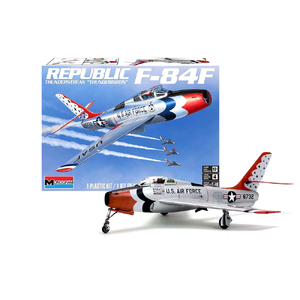
Revell (Monogram) 5996 Republic F-84F Thunderstreak "Thunderbirds" 1/48 Scale Model Plastic Kit
$59.99

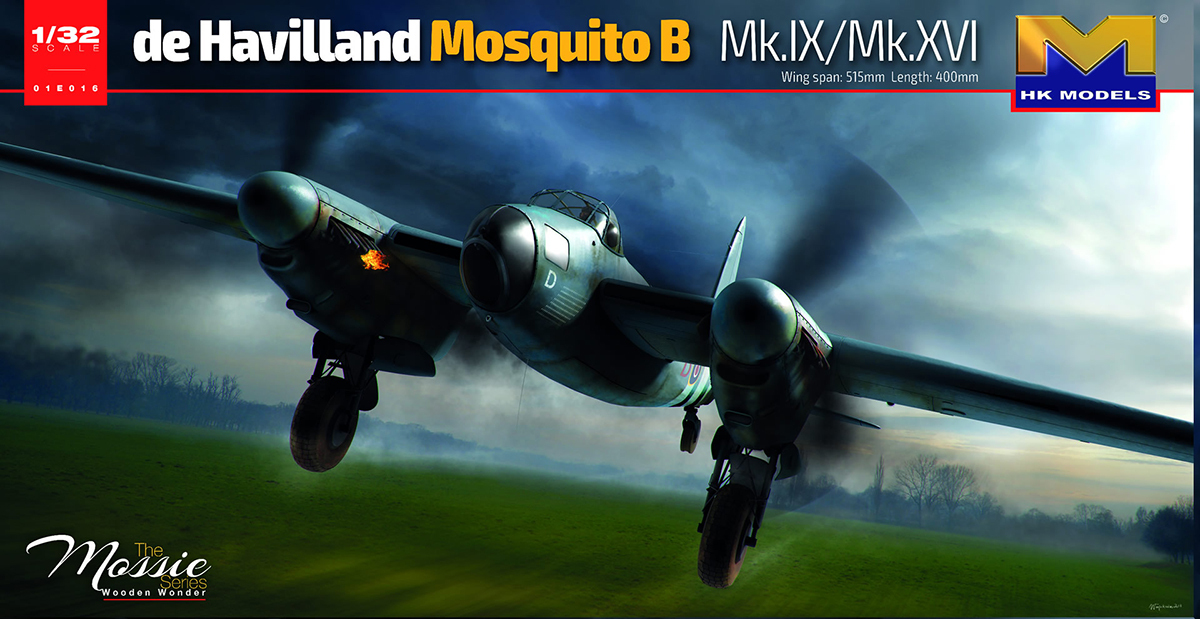

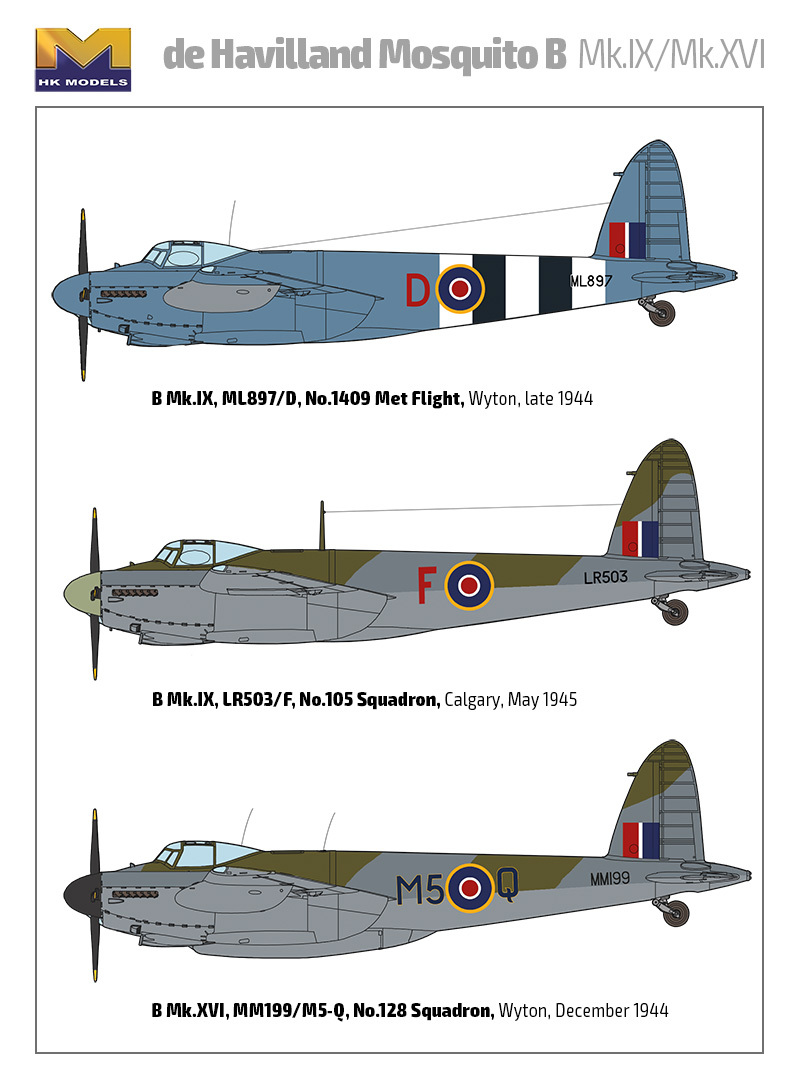

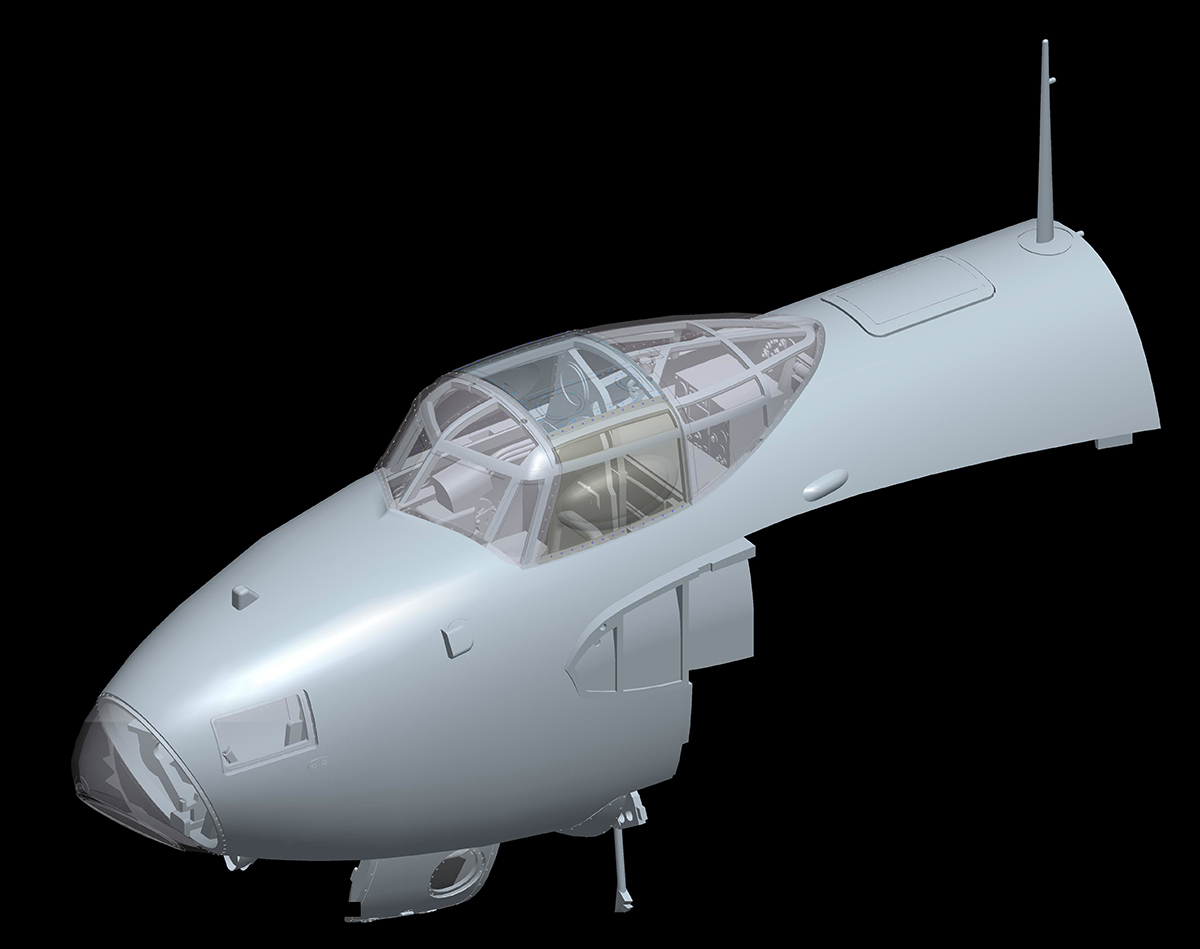

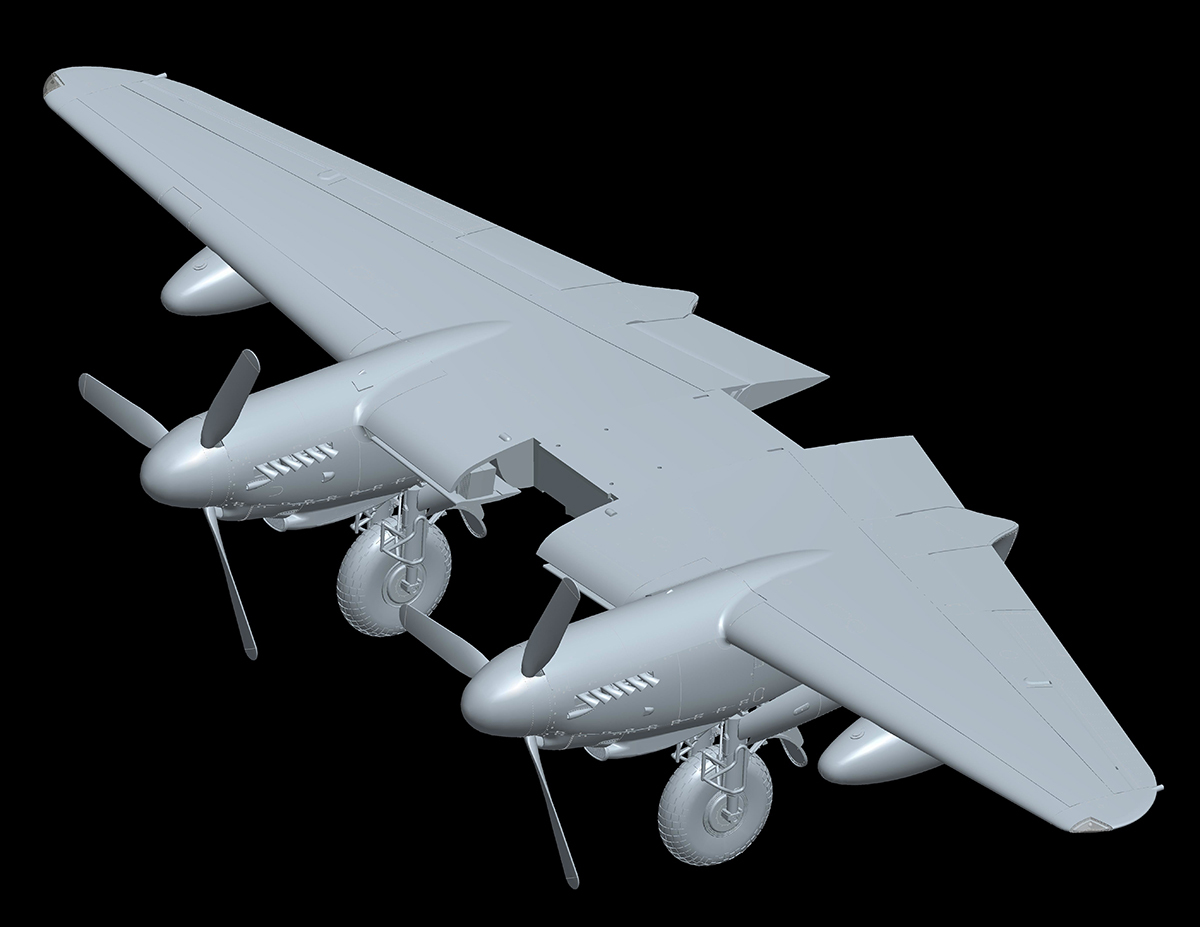

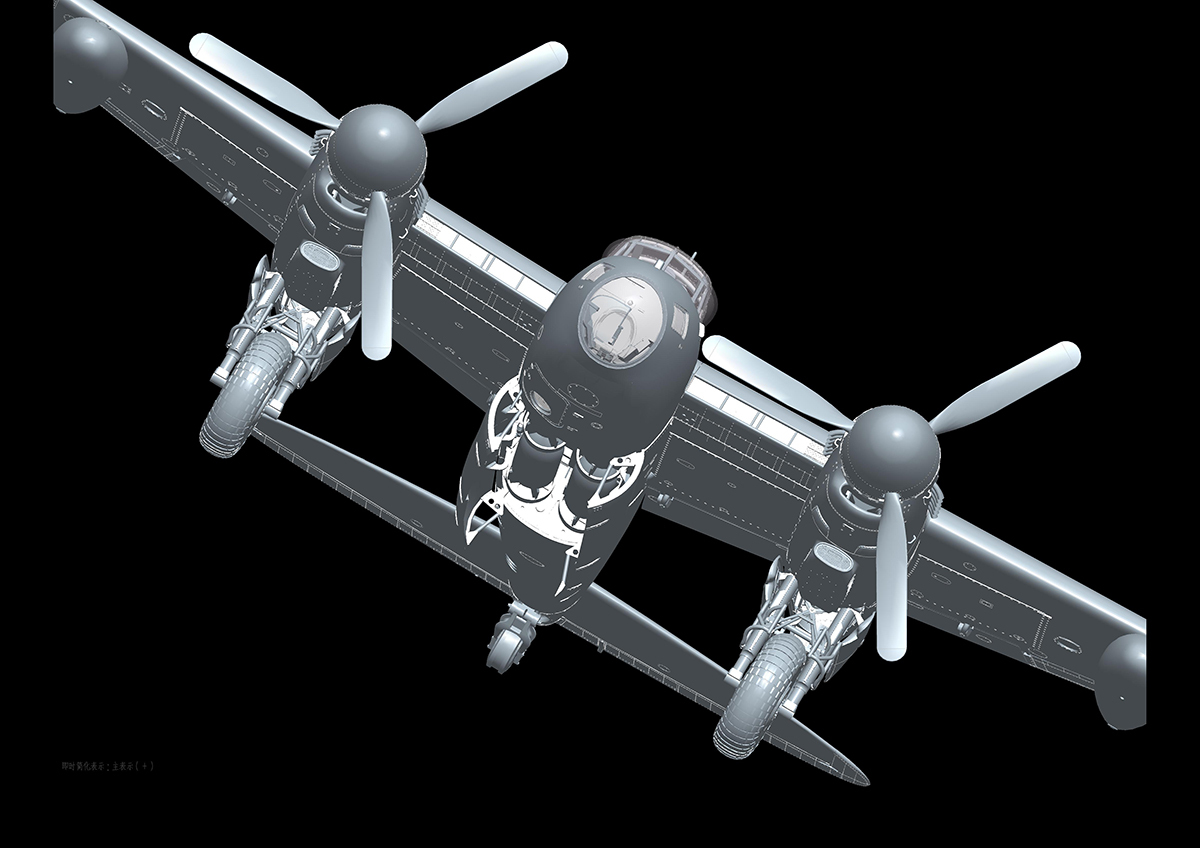

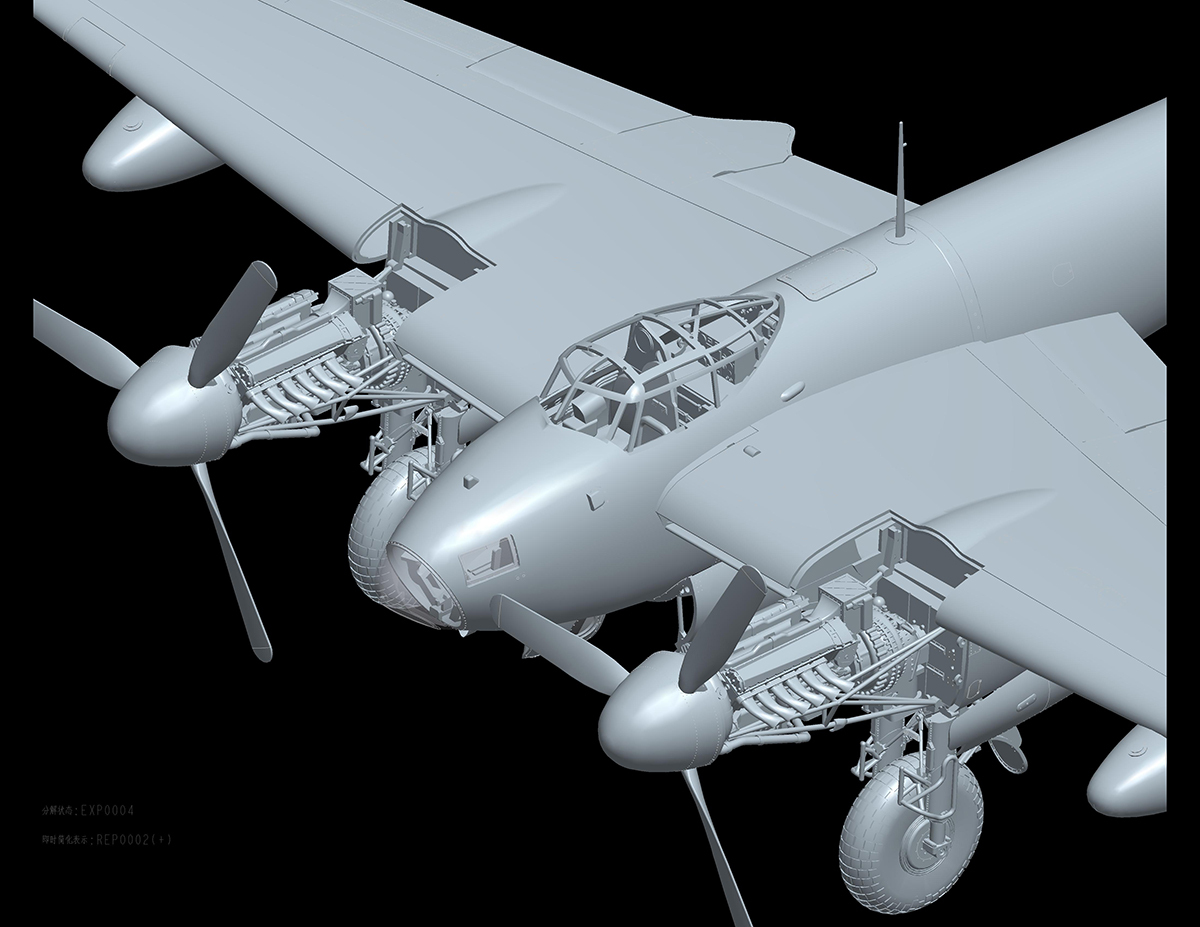

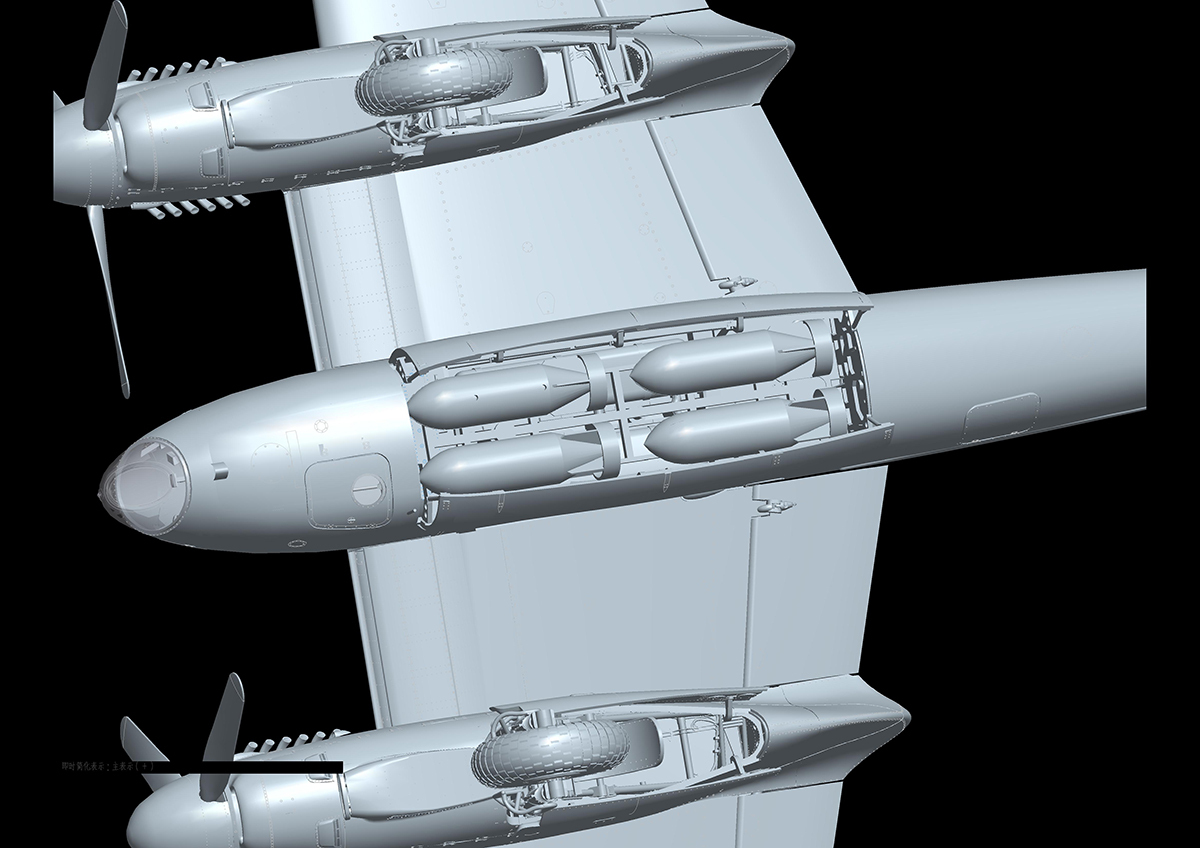

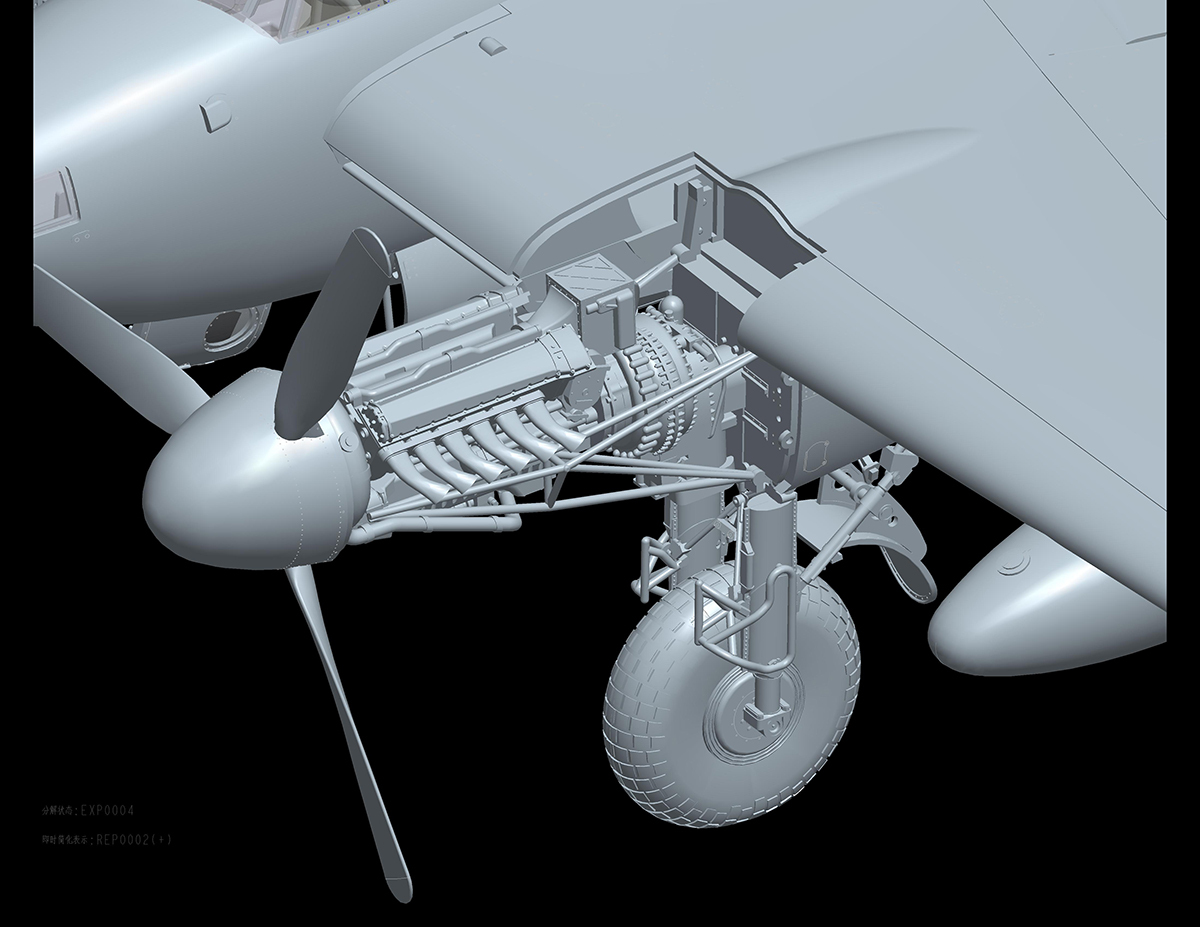

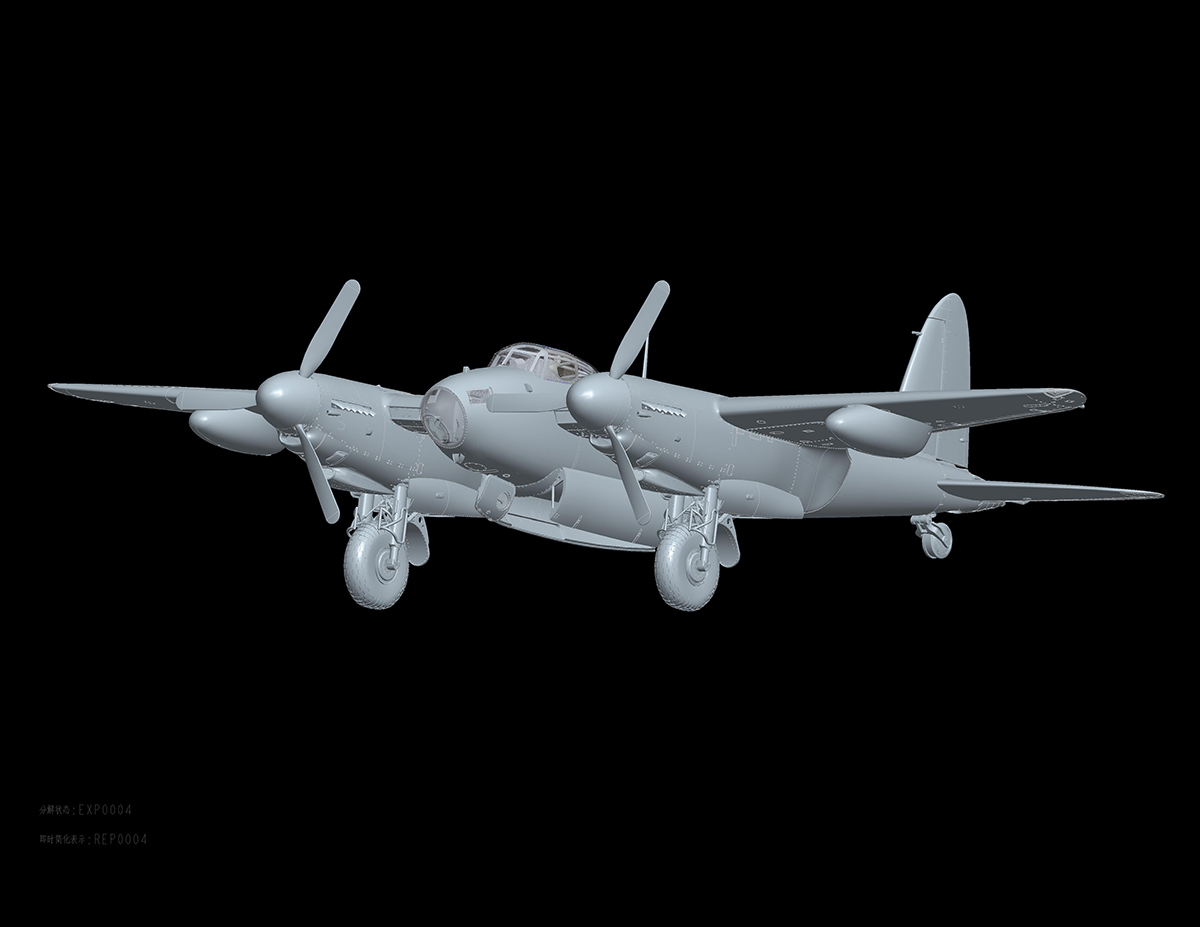
 More info
More info
